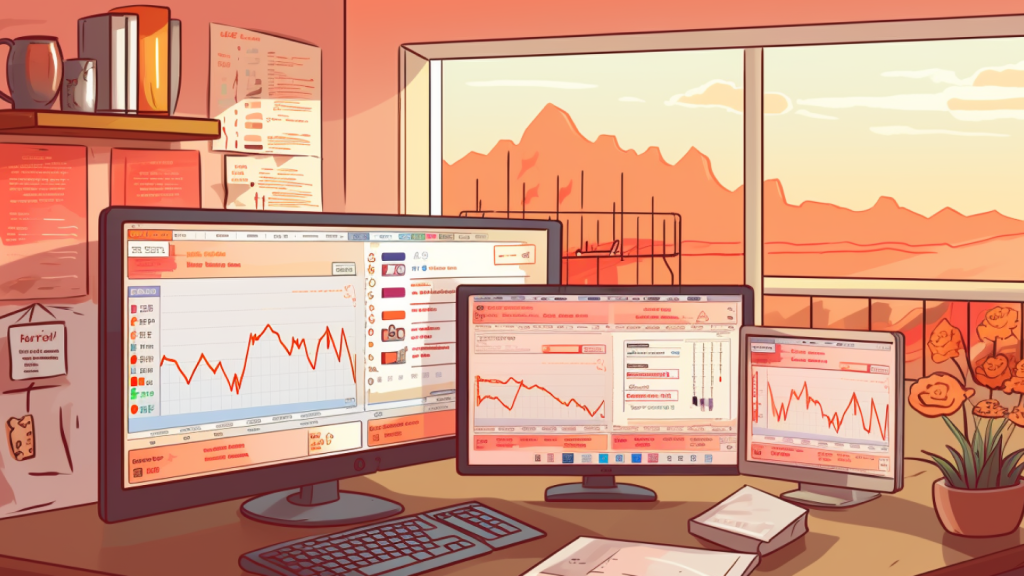From Enterprise Mobility to Mobile Enterprise
Change is fast – just go back a decade and you will be taken to the time of clunky cell phones, fax machines, and PBX boxes. Mobile devices were novel items. But today, mobile technology has changed every aspect of our lives – right from the way we work, shop, network, socialize, or even consume news. Mobile technology has also moved into an enterprise setting and has become a large part of business. The work habits are rapidly shifting – employees increasingly work outside the office and use mobile devices to complete their business tasks. Enterprises are now forced to not only support but also empower employee mobility to make them more productive and agile.
It does not come as a surprise that the BYOD and enterprise mobility market is expected to be worth USD 73.30 billion by 2021. This growth is driven by the demands for increased productivity, reduced hardware cost, increased smartphone penetration, and growing demand for enterprise mobility solutions.
Since work as we know it continued to evolve owing to the deluge of new technologies, organizations began to come under increased pressure to enable adaptive work arrangements that allowed the employees to work on the go. In the early days of enterprise mobility, employees used employer-provided devices and gave access primarily to email, calendars, and contacts. However, with the iPhone hitting the market in 2007 and consequently with Google launching its own mobile operating system Android, the concept of the app store got introduced to the masses. As smartphone adoption increased and the consumers became increasingly comfortable using mobile apps, developers started building enterprise apps that ushered in the BYOD trend. With people bringing their own devices to work, often without organizational permission, as it offered them a faster way to complete their jobs and as the mobile workforce increased, organizations started warming up to enabling enterprise mobility and embrace the flexibility it offered.
Mobile maturity growing in the consumer space had an obvious impact on the enterprise as well. Enterprise app users now demanded consumer-grade experiences from these apps. So organizations slowly started working on making enterprise apps as seamless and easy to use as consumer-grade mobile apps. Further, we had moved into the era of the 24X7 economy. With globalization at an all-time high, mobility became a business necessity to drive opportunities and revenue. It is no surprise that owing to the productivity gain that comes from enterprise mobility, 61% of companies feel that not investing in Enterprise Mobile Apps puts the enterprise at a disadvantage.
As mobile technology matured and greater wireless connectivity became mainstream, the lines dividing networks and carriers started to blur and became more IP-centric, the use of enterprise apps began to grow. The focus on mobile also increased with the rise of the millennials in the working population. According to ManpowerGroup’s global research, by 2020, Millennials will make up 35% of the global workforce. With approximately 22% of the millennials stating that they would be less likely to accept jobs that lacked a mobile environment, according to a survey conducted by Domo and management best practices website CEO.com, further cemented the place of mobile in the enterprise. Today, organizations are moving towards identifying business processes that can benefit from mobility and help the workforce increase their efficiencies with ease. Enterprise mobility today is not just about providing access to some apps but also access to data and services, and desktops on any device and on any network.
Businesses everywhere across the globe are becoming more digital, software driven and mobile-centric. Nearly every job in the world is becoming a computer job – from oil rig workers to plumbers to white collar office workers, everyone is using a mobile device to do their work. While at one time BYOD was viewed as a problem by IT owing to security and manageability concerns, with increased smartphone adoption and the rise of technologies such as cloud, enterprises realized that in order to stay relevant they had to become a Mobile Enterprise.
Clearly, this shift has caused enterprise mobility to mature from its basic use case of mobile email to enable full mobile productivity. Forward-thinking Mobile Enterprises are now thinking of the next level of enterprise-grade apps. These apps are more focused on the security of data and productivity rather than on the device being used. Enterprises are concentrating on building Windows, web and SaaS applications on mobile devices to enable their workforce to be fully productive irrespective of where they are and allow them to access any application type with equal simplicity. Enterprise apps are now providing business-grade capabilities with consumer-like experiences for greater user adoption.
Enterprise Mobility in Various Industries
Healthcare: Healthcare organizations are adopting enterprise mobility to facilitate an efficient and secure exchange of clinical data across all the stakeholders. It helps in fostering clinical collaboration and streamlining workflows. The timely and real-time access to patient data helps doctors in making timely decisions. Mobility is making remote monitoring, viewing of results, ordering, very easy and convenient.
Insurance: Adopting mobility is helping insurance companies in faster claim resolution and improve the customer service by reducing the waiting times or delays. The claims can be resolved with little paperwork resulting in lesser hassles and better decisions. The insurance agents can be more productive on the field by accessing the right information at the right time and adapt the offerings as per the unique client needs.
Logistics and Supply Chain: Mobile technologies are allowing companies to improve communication within their transportation networks. Companies are able to enhance their efficiency by more accurately measuring the productivity within those networks. Through real-time communication, vehicle operations, routing, and scheduling can be better managed. Mobile data collection methods allow supply chain employees to gain real-time access to inventory and assets. Companies are also able to enhance their distribution operations by using mobile data collection devices.
Financial Services: Mobility solutions are helping banking and capital markets enhance customer experience, reduce risks, and achieve cost reductions while improving productivity. Mobile solutions such as mobile wallets, mobile payments are opening up new revenue opportunities for them.
In Conclusion
Owing to the mobile shifts and technological advancements, enterprise mobility is finally in a place to realize its full promise of empowering its workers with the freedom and flexibility to choose how they work. By providing access to secure on-demand applications, data and services and desktops anywhere, over any network or any device, it would be safe to say that the age of the Mobile Enterprise has truly dawned upon us.










